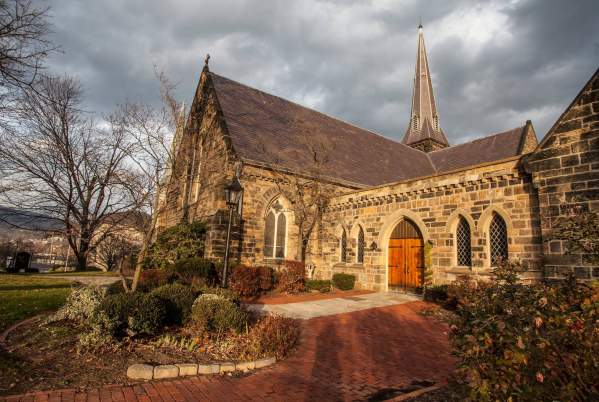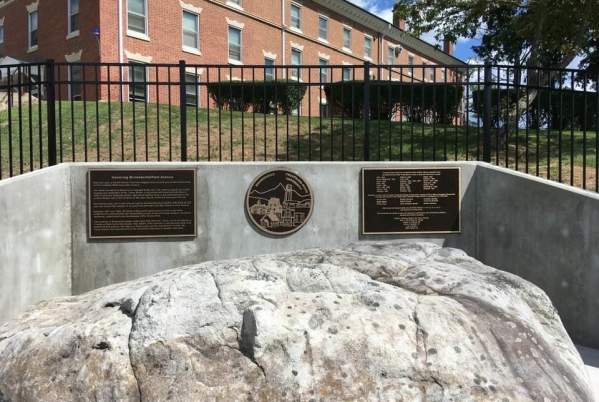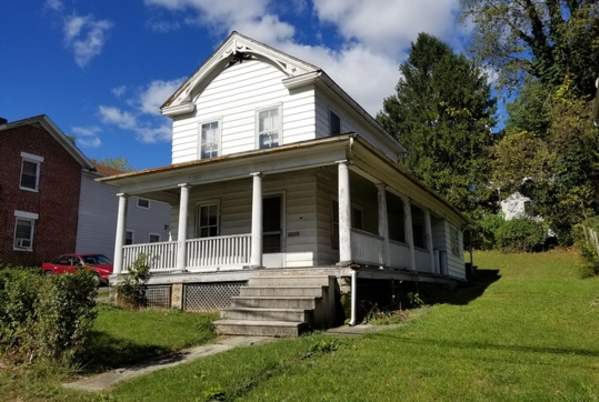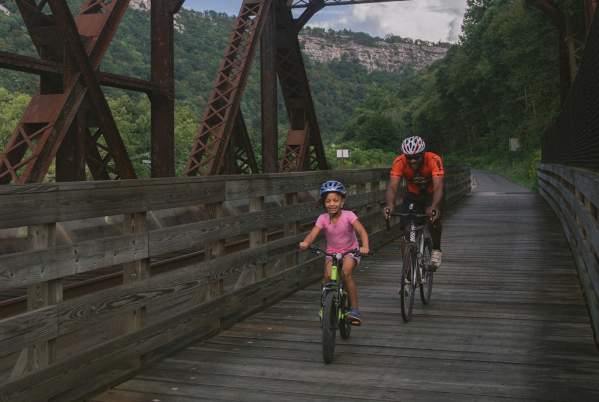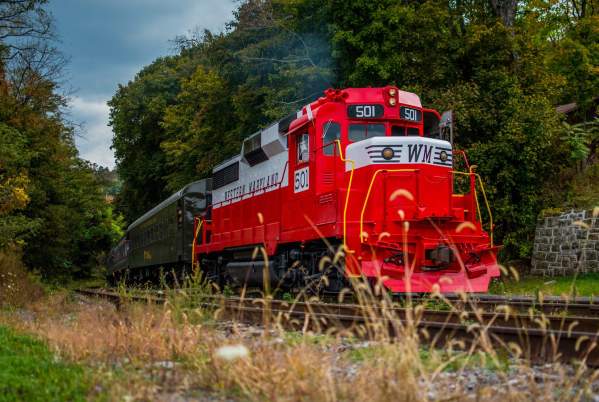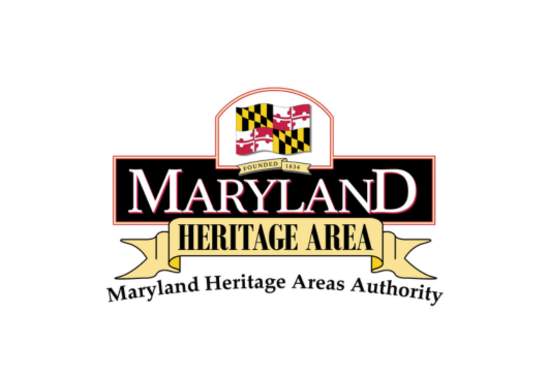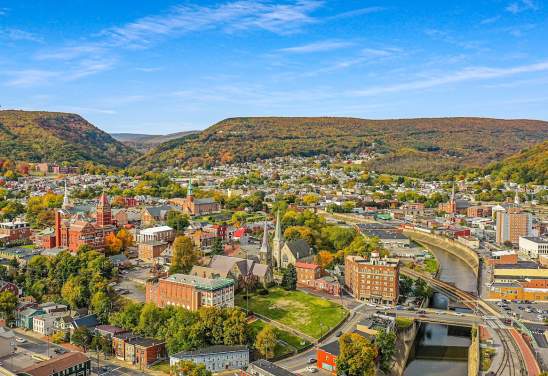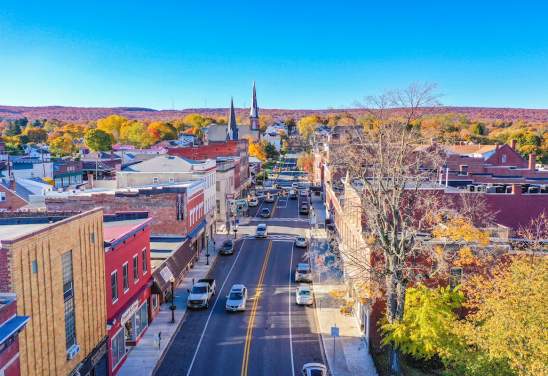Passages of the Western Potomac Heritage Area
Where the story of America's early transportation milestones is told in our rivers, rails, trails, mountains, and towns.
Early America's Moving History
Beginning in the early 1800s, Allegany County served as a vital hub for the coal and other industries as well as the staging and outfitting point for westward migration. Where the C&O Canal, the Western Potomac, major roads and railroads converged, the western region of America connected to the Eastern Seaboard. The very first portion of the National Road, the first federally funded highway that stretched through Ohio, Indiana, and Illinois, began construction here in 1811 and eventually became known as "The Road that Built a Nation."
At the same time, a budding railway system began to take shape here in the very nascent days of canal and railroad transportation. The story of this area's role in the history of the railroad is legendary, if still somewhat unknown. While the early railroad mainly transported coal and occasional passengers, another major passageway transported people in a different way: below ground, the original Fort Cumberland tunnels provided refuge and escape for slaves on their journey towards freedom just across the Mason Dixon line a few miles away.

IF HISTORY DOESN'T REALLY MOVE YOU, MAYBE YOU JUST NEED TO GET ON BOARD.
In a place known for moving goods, cargo, and people, today, the Passages of the Western Potomac Heritage Area is known for moving residents and visitors in a different way. Meaningful historical interpretations and interactive exhibits found in museums and sites, such as the C&O Canal National Historical Park and Allegany County Visitor Center and Museum, the Western Maryland Railway Station and Scenic Railroad, the Allegany Museum and Frostburg Museum, and more showcase the area's colonial past through the 20th century.
Hop aboard the Western Maryland Scenic Railroad for a heritage train ride that takes you back in time in a three-hour round-trip journey from the Western Maryland Railway Station to the Frostburg Depot Station and back. Or, if it's some time in the outdoors you seek, cycle one of the heritage area's internationally-recognized bike trails, the Great Allegheny Passage or C&O Canal Towpath.


Celebrate Black History Month
Explore the Emmanuel Episcopal Church’s role in the Underground Railroad, where visitors can tour the underground tunnels that housed escaped slaves before they made their journey to the Mason Dixon Line just four miles to the north; the story of Brownsville, with its newly installed monument on Frostburg State University’s campus commemorating the culturally rich and self-sustaining African American settlement in Frostburg, MD, that was displaced by the expansion of the Normal School (now Frostburg State University); or the Jane Gates Heritage House, which will soon welcome visitors for programming that will teach the history of and honor the spirit and legacy of Jane Gates, great grandmother of Dr. Henry Lewis Gates, Jr. These stories are ones worthy of celebrating, learning, sharing, and exploring.
Explore Through the Outdoors
Explore the C&O Canal Historical National Park
184.5 miles of adventure from Georgetown to Cumberland, Maryland!
Great Allegheny Passage Trail
The trail starts here at mile marker zero, with Cumberland as the heartbeat of…
Western Maryland Scenic Railroad
Be transported back through time on the Western Maryland Scenic Railroad heritage…
Explore These Attractions in the Heritage Area
More to Consider
Historic Walking Tour of Cumberland
Take a self-guided walking tour to explore stunning architecture and the historic…
Historic Walking Tour of Frostburg
Take a self-guided tour and get to know the life and culture of the charming town of…
On the Events Calendar
Check out all that is happening during your stay!

